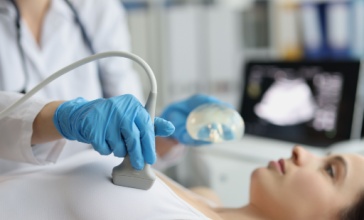
Breast cancer outcomes after skin- and nipple-sparing mastectomy in BRCA pathogenic mutation carriers versus non-BRCA carriers
09.11.2025 | Moshe N, Haisraely O, Globus O, Faermann R, Abu-Shehada N, Anaby D, Gal Yam E, Balint Lahat N, Galper S, Menes T, Haik J, Sklair-Levy M, Oedegaard C, Kuehn T, Morrow M, Poortmans P, Bernstein-Molho R, Kaidar-Person O
Radiother Oncol. 2025 Apr;205:110710. doi: 10.1016/j.radonc.2025.110710